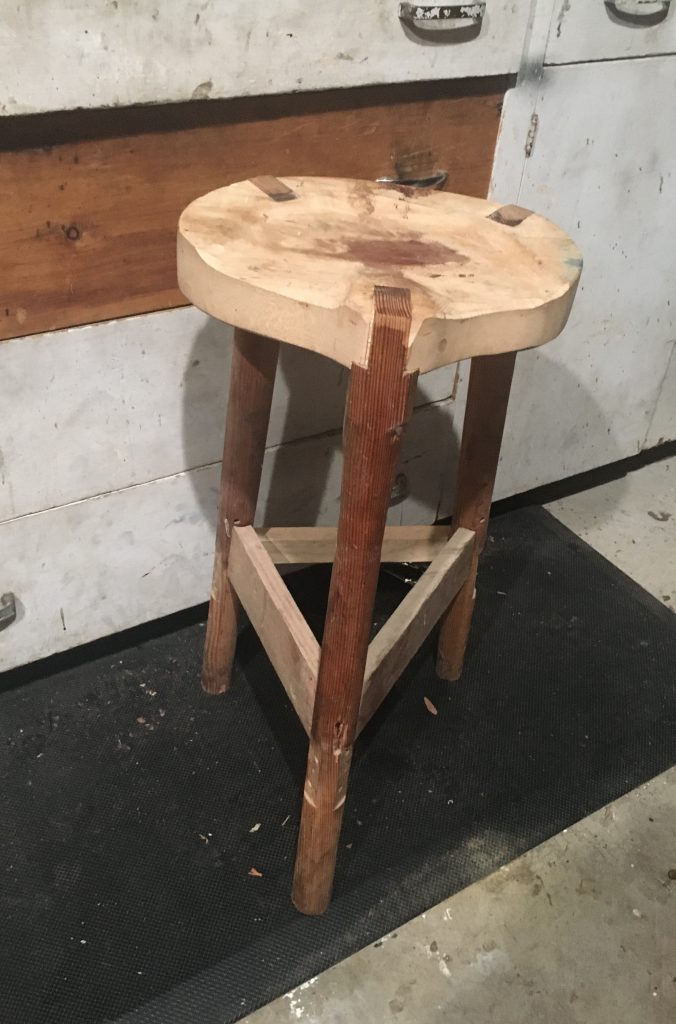
It’s a stark contrast to watch legislators propose some dramatic tax policy changes then read the Boise State Public Policy Survey.
I attended a Republican traveling town hall a few weeks back and there was lots of talk about property tax relief. I guess property values are going through the roof in the Treasure Valley. Property tax bills are going up. Rates haven’t changed, but valuations have and county governments and municipalities have to deal with the growth. The Republican legislators felt the need to provide some relief to homeowners.
There have indeed been some proposals early in the session. One suggestion is to double the sales tax and eliminate property tax. Another is to add a cent onto sales tax and prohibit local school or municipal levies. Both of these proposals would disturb the “three-legged stool” of Idaho’s tax structure which gets near equal revenue from sales, property and income taxes.
Keep in mind, sales and income taxes go mainly to the state general fund, but property taxes stay more local with counties. But over half of the state general fund pays for K12 education here in Idaho, so those income and sales taxes you pay don’t stay down in Boise.
Then you read the Boise State Survey and it seems Idahoans have a different perspective. More people think the state budget should stay the same (43%) than think it should increase (37%) but only 8% supported a decrease. When asked about taxes, a strong majority (68%) thought taxes were about right; only 20% thought they were too high. These conservative Idahoans also agreed (almost 60%) that the state was headed in the right direction. Only 30% thought it was on the wrong track.
So just what problem in our tax structure are legislators feeling the need to solve? Or maybe, now when people are pretty happy, those pesky legislators think a little disruption would be tolerated.
States do tax policy all manner of ways, and we have neighboring states with all three different flavors. Oregon has no sales tax. Washington, Nevada and Wyoming get by without an income tax. But comparing chocolate to strawberry to vanilla is just what tax wonks love to do. “Tax burden” is the appropriate term coined by such researchers and whenever the studies are done, Idaho comes in pretty darn low. One study by the Idaho Tax Commission in 2015 showed Idahoans had the second lowest tax burden in the country. I think the Boise State survey respondents sense the light burden and don’t feel the need for major changes.
Did you know the highest tax bracket in the Idaho income tax tables tops out at $11,554/ year? That means you could be in Idaho’s top income tax bracket and still be eligible for Medicaid. In essence, we have a flat income tax. Almost 97% of the state’s income tax revenue comes from people in the top bracket. Almost all of us pay the top rate of 6.92% on our income.
Earlier I mentioned the three-legged stool of Idaho’s tax structure. This analogy was always held up to me as a model for stability. When a recession hits, income and sales tax revenue plummets, but property tax revenue stays more stable. We saw this in 2008-9 with the Great Recession. Governor Risch’s tax reform of 2006 raised sales tax a cent but cut property taxes and Idaho education funding got cut. But local levies sure cropped up, didn’t they?
Representative Caroline Nilsson Troy made an interesting comment this week at a legislative coffee meeting hosted by the Moscow Chamber of Commerce. She pointed out how the committee that spends the money (JFAC) gets lots of support staff and interim study time. An investment in the committees that raise the money might be worth it too. That is, unless you think things are doing just fine.
